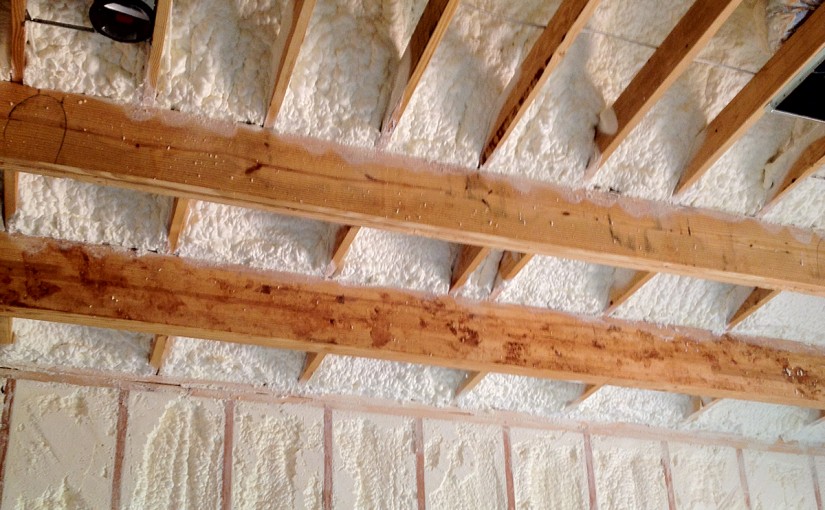Reduces air infiltration more than traditional batt type insulation increasing comfort.
Blown in blanket insulation vs batts.
One variation of fiberglass loose fill insulation is the blow in blanket system bibs.
Disadvantages of batt insulation.
Batt insulation is easier for homeowners to install but requires more demolition and time compared to blow in insulation.
Batt insulation is precut in rectangular pieces.
Current energy standards recommend the installation of a first layer of craft faced moisture barrier fiberglass batt.
R value is the measurement of the material s or the insulation s ability to retain heat.
Blanket insulation comes in batts or rolls and is the most common type of insulation used in the united states.
When insulating an attic space many homeowners ask us which is better blown in or batt insulation.
Blown in varieties however typically reach a peak of around a 2 8 r factor.
The first difference in blown in vs.
Compared to blown in insulation batts can reach a resistance rating r factor of over 3 1.
You can usually obtain an r factor of 3 1 to 4 2 or slightly higher per inch of material with batts.
For instance in 11 25 feet of space batts can achieve an r value of 40.
It is sold in bags and made of materials that are of varying degrees of recycled.
Rolls come in you guessed it rolls you have to cut the material to size.
The thermal performance or resistance to heat flow r factor is not the same when comparing fiberglass batts to blown in fiberglass.
The r factor of blown in fiberglass is usually 2 3 to 2 8 per inch of material.
We use both blown in and batt insulation depending on the situation at hand.
Bibs meanwhile can be as high as r 49.
Batts offer a slight advantage.
The higher the number the better.
The maximum rating of batt insulation is around 4 2.
No matter the climate in which your home is located insulation makes it a better living space.
The answer is it depends.

